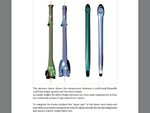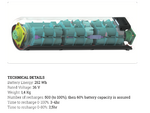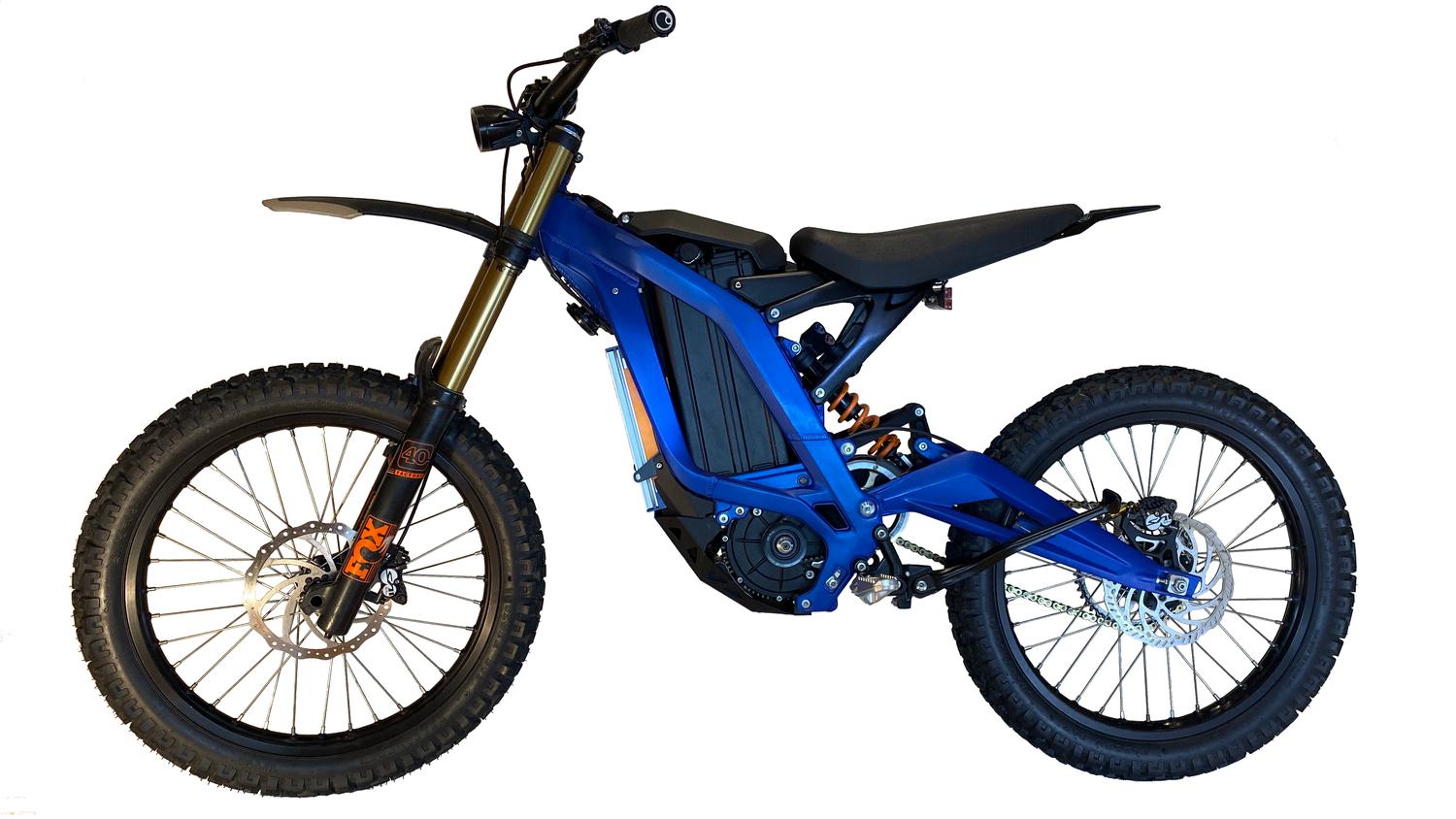I am beginning to wonder how inefficient external, OEM motor and batteries systems are on aluminum bikes. Aerodynamic inefficiency from a bulging motor and battery is obvious. Yesterday's fierce sirocco winds (SW 20 to 28mph, gusting to 39mph) in the Platte River Canyon area made me acutely and painfully aware of aerodynamic inefficiencies. Nothing worse than climbing out of a steep ravine, only to get blasted by intense winds for the next couple of miles.
The NW winter winds tend to fall in the 15 to 25mph range, but the temperatures are often 25F to 45F.
Please note how the trees in the center of the picture are obscured by dust, behind the lake. The dust cloud looks like the clouds in the clear blue sky.

The more subtle and rarely discussed inefficiency is loss of power through the frame and due to weight. For some unknown reason, I could feel the difference in power from pedaling on the two sides of my conventional carbon road bike. Perhaps the wind depleted my energy or strength, or my crawling speed make the differences apparent? I usually ride that path at least twice per week, year round.
Anyhow, i wonder how efficient aluminum frames are with a motor. I am sure some types of carbon frames are less efficient than some aluminum frames. I prefer to invest money in the frame, rather than the electrical system.
I think the point of this video is that frame flex is a matter or perception, not physical energy loss. When you feel the frame flex, you do not actually lose energy. So, it all comes down to strength to weight ratio. For a given power level, what is the minimum weight? The key is knowing how much power you need.
The point is:
The NW winter winds tend to fall in the 15 to 25mph range, but the temperatures are often 25F to 45F.
Please note how the trees in the center of the picture are obscured by dust, behind the lake. The dust cloud looks like the clouds in the clear blue sky.
The more subtle and rarely discussed inefficiency is loss of power through the frame and due to weight. For some unknown reason, I could feel the difference in power from pedaling on the two sides of my conventional carbon road bike. Perhaps the wind depleted my energy or strength, or my crawling speed make the differences apparent? I usually ride that path at least twice per week, year round.
Anyhow, i wonder how efficient aluminum frames are with a motor. I am sure some types of carbon frames are less efficient than some aluminum frames. I prefer to invest money in the frame, rather than the electrical system.
I think the point of this video is that frame flex is a matter or perception, not physical energy loss. When you feel the frame flex, you do not actually lose energy. So, it all comes down to strength to weight ratio. For a given power level, what is the minimum weight? The key is knowing how much power you need.
The point is:
- How much motor and battery power is lost through eBike design inefficiency?
- if the bottom bracket area needs to be reinforced with 40% more layers of carbon fiber, what does that mean for flex through Aluminum chain stays?
- What is the minimum power needed for 15mph speed in areas with a maximum of 7.5% grade?
- My guess is 50Nm.
Last edited:





